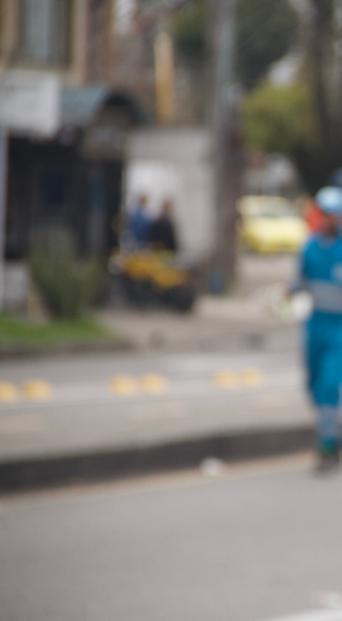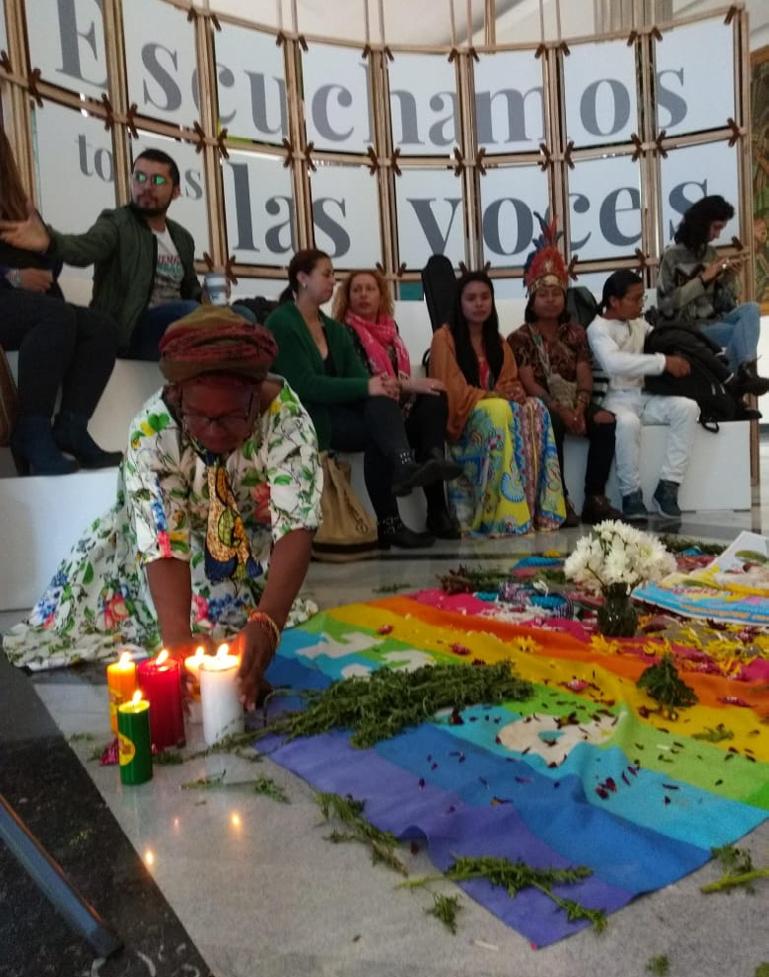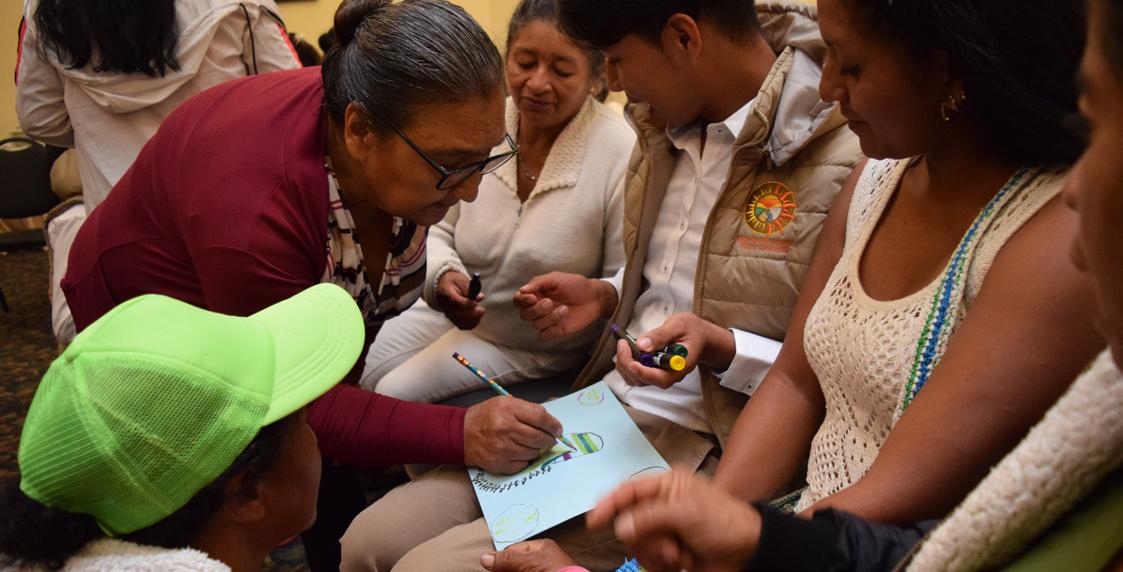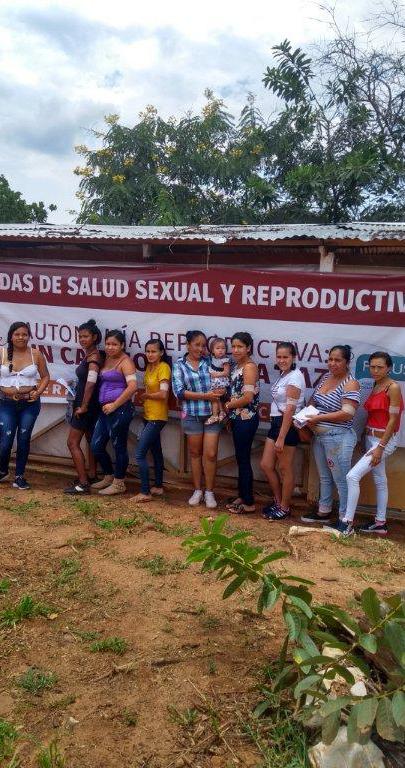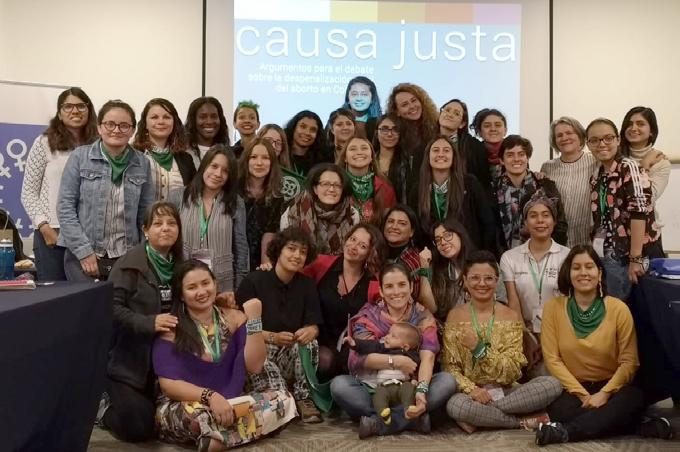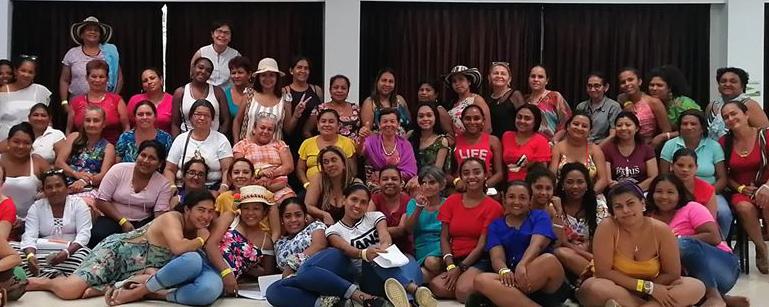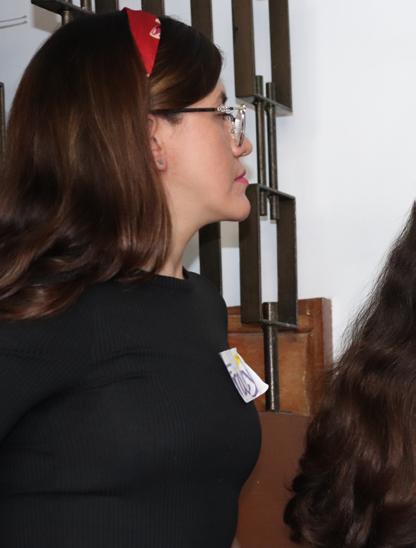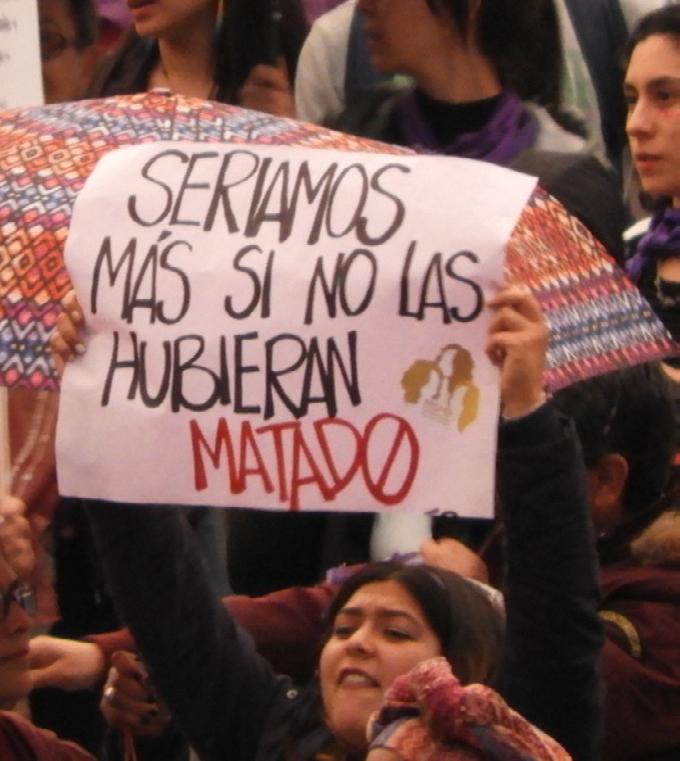
2 minute read
Bogotá Women and Youth Working for Territorial Peacebuilding
La construcción de paz nos ha permitido tejer lazos en los distintos territorios con mujeres diversas, populares y jóvenes de Bogotá.
TEX: CENTRO DE PROMOCIÓN Y CULTURA – CPC
eacebuilding has allowed us to forge relationships in different regions with diverse, grassroots, and young women from Bogotá. In shared spaces, they have continuously expressed concerns to us about the minimal advances in the Peace Agreement’s implementation, both nationally and within the District of Bogotá. P
The Centro de Promoción y Cultura— CPC, Center for Promotion and Culture— together with social, cultural, and women’s organizations from the District of Bogotá and with support from FOKUS, works on different territorial-based peacebuilding initiatives using pedagogical and cultural activities. By means of these activities there is a constant call to recognize the importance of Bogota’s
territories as spaces for peacebuilding and information-sharing on the agreement between the Colombian Government and the FARC, signed in November 2016.
On 25 and 26 October the District Gathering of Women Peacebuilders from the Territories: Monitoring the Agreement’s Implementation in Bogotá was held at the Center for Memory, Peace, and Reconciliation, where women and youth analyzed implementation and compared it with the proposals from the District Agenda for Grassroots and Diverse Women for Peacebuilding. The womenexpressed their deception at the minimal advances in the agreement’s implementation on a national level and the almost null implementation in Bogotá.
Over the two days, the group identified the importance of starting advocacy efforts to promote a continued and more effective implementation of the agreement, taking into account, for example, that there has been increased violence in the regions due to an as-ofyet unresolved armed conflict.
Carnival for Life PHOTO : Centro de Promoción y Cultura CPC.
They also called on the Women’s Social Movement to insist on the agreement’s implementation in Bogotá. Even though it is not considered a prioritized territory, it is important to recognize the city’s context in the development of the armed conflict and as a territory with a concentration of the armed conflict’s victims, ex-combatants, human rights organizations, social leaders, and diverse urban and rural women from the grassroots. That is why it is necessary to promote recognition of these women’s and community-based social organizations’ efforts in favor of territorial peacebuilding.
The Grassroots Carnival for Life, organized by the CPC for the last 31 years, is a historic space that is conceived as a carnival for the defense of the human rights of the inhabitants of the area. It is recognized by the community as a space to defend peace.
The motto for this year was The Right to Live in Peace; the defense of social leaders and, at this moment, the Nasa Indigenous Peoples in particular, is a call for Bogotá’s residents to act in solidarity in response to the humanitarian crisis faced in the country’s regions, the threats and murder of social leaders, environmentalists, defenders of human rights and the peace agreement, excombatants, as well as the exacerbation of violence against women and the feminicides that are reported each day.
This year the grassroots and social initiatives have been strengthened, forging collective resistance through artistic, cultural, and community actions carried out by women and men who continue to believe that a country at peace is possible. FM

